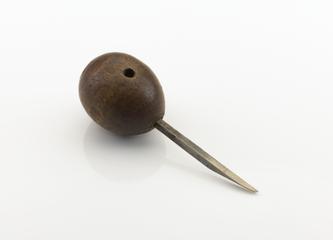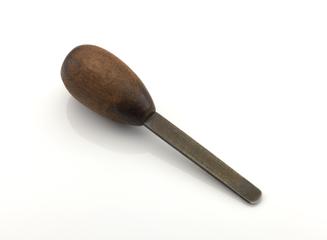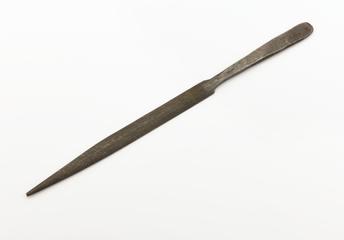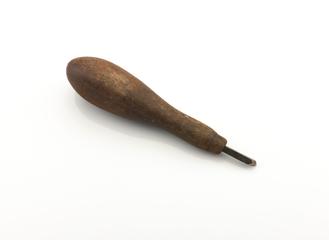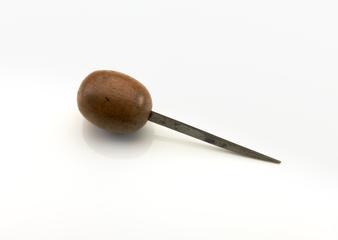


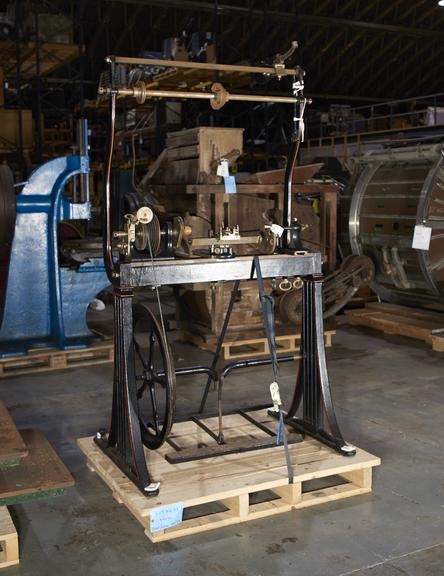
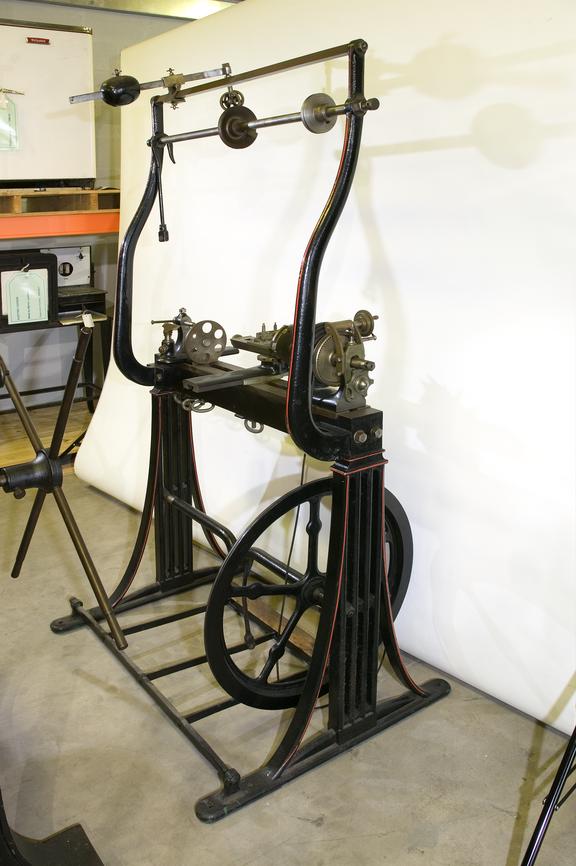
Lathe no. 1254, made by Charles Holtzapffel & Sons, London, 1822. Cast iron bed set into a wooden frame, powered by foot-treadle. The feet and uprights are each formed in a single casting.
This is a lathe made for the hobby of ornamental turning. Holtzapffel kept detailed records of the sale of their machines. This lathe was originally bought from Holtzapffel by Sir Robert Lawrence Dundas in 1877, and sold on again in 1890.
The ornamental lathe or ‘rose engine’ was developed by Jacques Besson in France in about 1578. Further development in the French court followed, and ornamental turning became a pastime for the wealthy across Europe in the eighteenth century.
Charles Holtzapffel was a German lathe maker who emigrated to London in 1784. He began manufacturing ornamental lathes as precsion machines. In the nineteenth century the pastime of ornamental turning became especially popular amongst wealthy hobbyists in England.
Details
- Category:
- Hand and Machine Tools
- Object Number:
- Y1974.33.1
- Materials:
- steel (metal)
- Measurements:
-
overall: 2000 mm x 1140 mm x 850 mm, 292.5 kg
- type:
- lathe
- credit:
- Gift of G. Cussons Ltd c/o Mr H Howarth
